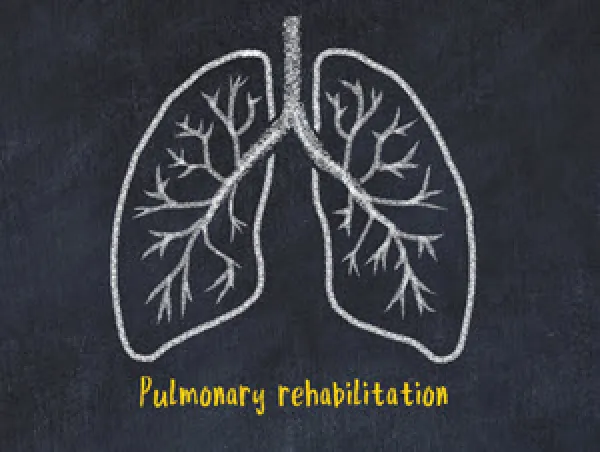How do you report 2 sessions in 1 day? Find out.
On Nov. 16, 2023, the Centers for Medicare & Medicaid Services (CMS) published their calendar year 2024 Medicare Physician Fee Schedule (MPFS) final rule, in which they finalized a valuable proposal for practices and facilities that perform pulmonary rehabilitation services.
Read on to learn which providers can now supervise this kind of care.

Prepare for PR Provider Changes
Effective Jan. 1, 2024, CMS is allowing non-physician providers to provide pulmonary rehabilitation and cardiac rehabilitation services. The non-physician providers must be under supervision of a physician or other qualified healthcare professional (QHP) while performing the pulmonary rehabilitation and cardiac rehabilitation services.
According to the MPFS final rule, the following providers may now supervise pulmonary rehabilitation and cardiac rehabilitation services:
In addition to supervising the providers listed above, the physician or QHP must be always available while the providers are rendering the services in case of emergencies or for medical consultations.
Recognize the Requirements for Pulmonary Rehab Reporting
According to the Medicare Claims Processing Manual, section 140.4.1, healthcare providers may report up to two 1-hour pulmonary rehabilitation sessions per day (www. cms.gov/Regulations-and-Guidance/Guidance/Manuals/ Downloads/clm104c32.pdf). The documented time spent providing treatment must pass the halfway mark of the first hour to receive reimbursement. This means the provider must document at least 31 minutes of treatment to report one hour of pulmonary rehabilitation service.
At the same time, the documentation must include at least 91 minutes of treatment time to meet the threshold for reporting two pulmonary rehabilitation sessions on a given day (60 minutes for the first session + 31 minutes for the second session).
Plus, a provider must furnish treatment in a physician’s office or a hospital outpatient setting.
Medical necessity: For patients to be eligible for pulmonary rehabilitation services, they must experience a chronic respiratory impairment. Medicare covers pulmonary rehabilitation services for patients suffering from a variety of conditions.
“If you understand how regulations come down from law to CMS to interpretations by other providers, it’s important for you to understand that not all rules apply to every patient,” said Lorri Lee, MHA, BS, CCRP, CEP, FAACVPR, cardiopulmonary rehabilitation supervisor at CHRISTUS Santa Rosa-New Braunfels in San Antonio, Texas, during an AACVPR webinar.
According to the Medicare Claims Processing Manual, pulmonary rehabilitation services may be furnished to patients with “moderate to severe [chronic obstructive pulmonary disease (COPD)]” and “confirmed or suspected COVID-19 and experience persistent symptoms that include respiratory dysfunction for at least four weeks.”
Additionally, below are a sample of conditions that show the medical necessity for pulmonary rehabilitation:

Examine This Pulmonary Rehabilitation Scenario
Scenario: An established patient who suffers from centrilobular emphysema presents to their pulmonology practice for pulmonary rehabilitation services. A PA provides the pulmonary rehabilitation services, which last for 60 minutes. After the session, the PA instructs the patient to return that afternoon for a second session. The second session lasts for 45 minutes. The PA used continuous oximetry monitoring during both sessions.
The CPT® code set includes two codes for outpatient pulmonary rehabilitation services. You’ll make your code selection depending on the use of continuous oximetry monitoring during the session:
For the scenario presented, you’ll assign two units of 94626 on a single claim line since the PA used continuous oximetry monitoring in both pulmonary rehabilitation sessions. Since the sessions took place on the same day, you won’t need to report each code on its own claim line with an appended modifier such as 76 (Repeat procedure or service by same physician or other qualified health care professional) due to Medicare’s coding requirements.
Next, you’ll turn to the ICD-10-CM code set to locate the code for the patient’s centrilobular emphysema. In the Alphabetic Index, search for Emphysema > centrilobular. You’ll then verify the code, J43.2 (Centrilobular emphysema), in the Tabular List.
You need to report J43.2 in this case to show the medical necessity for the pulmonary rehabilitation services.
